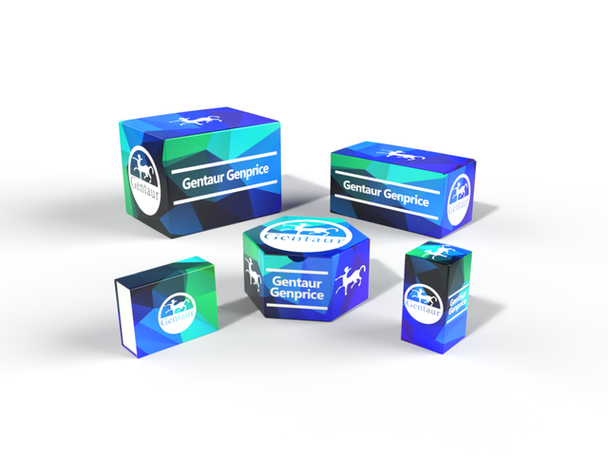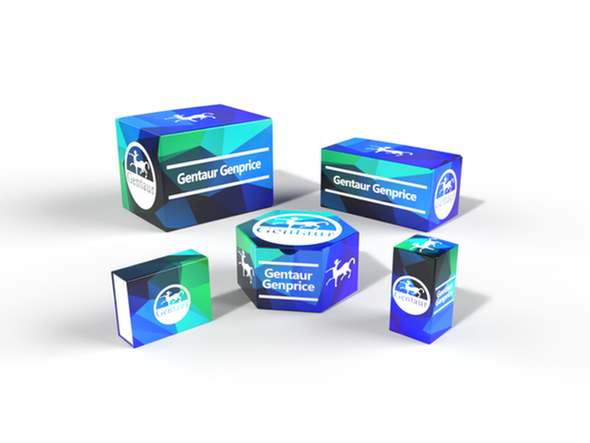740
Mouse Scavenger receptor class B member 1 (SCARB1) ELISA Kit | AE20638MO
- SKU:
- 740-AE20638MO
- Availability:
- Usually ships in 5 working days
Description
Mouse Scavenger receptor class B member 1 (SCARB1) ELISA Kit | AE20638MO | Gentaur UK, US & Europe Distribution
Species Reactivity: Mouse (Mus musculus)
Abbreviation: SCARB1
Alternative Name: CD36L1; CLA-1; CLA1; MGC138242; SR-BI; SRB1; CD36 antigen (collagen type I receptor; thrombospondin receptor) -like 1|CD36 antigen-like 1|scavenger receptor class B type 1|scavenger receptor class B
Application: ELISA
Range: 0.156-10 ng/mL
Sensitivity: 0.068 ng/mL
Intra-Assay: ≤5.2%
Inter-Assay: ≤8.4%
Recovery: 0, 86
Sample Type: Serum, Plasma, Other biological fluids
Detection Method: Sandwich
Analysis Method : Quantitive
Test Principale: This assay employs a two-site sandwich ELISA to quantitate SCARB1 in samples. An antibody specific for SCARB1 has been pre-coated onto a microplate. Standards and samples are pipetted into the wells and anySCARB1 present is bound by the immobilized antibody. After removing any unbound substances, a biotin-conjugated antibody specific for SCARB1 is added to the wells. After washing, Streptavidin conjugated Horseradish Peroxidase (HRP) is added to the wells. Following a wash to remove any unbound avidin-enzyme reagent, a substrate solution is added to the wells and color develops in proportion to the amount of SCARB1 bound in the initial step. The color development is stopped and the intensity of the color is measured.
Product Overview: Using degenerate PCR, Calvo and Vega (1993) isolated a novel sequence closely related to both the CD36 thrombospondin/collagen receptor and to lysosomal integral membrane protein II (LIMPII) . This novel gene was termed CLA1 for 'CD36 and LIMPII analogous-1.' Calvo and Vega (1993) isolated 2 alternatively spliced CLA1 cDNAs predicting proteins of 409 and 509 amino acids from a human placenta cDNA library. Calvo and Vega (1993) stated that the full-length CLA1 sequence predicts a glycoprotein having 2 transmembrane domains, 2 short cytoplasmic tails, and a large extracellular loop. They used immunofluorescence to show that the protein is found on the plasma membrane. Northern blot analysis revealed a 2.9-kb mRNA in several cell lines.
Stability: The stability of ELISA kit is determined by the loss rate of activity. The loss rate of this kit is less than 5% within the expiration date under appropriate storage condition. The loss rate was determined by accelerated thermal degradation test. Keep the kit at 37°C for 4 and 7 days, and compare O.D.values of the kit kept at 37°C with that of at recommended temperature. (referring from China Biological Products Standard, which was calculated by the Arrhenius equation. For ELISA kit, 4 days storage at 37°C can be considered as 6 months at 2 - 8°C, which means 7 days at 37°C equaling 12 months at 2 - 8°C) .






